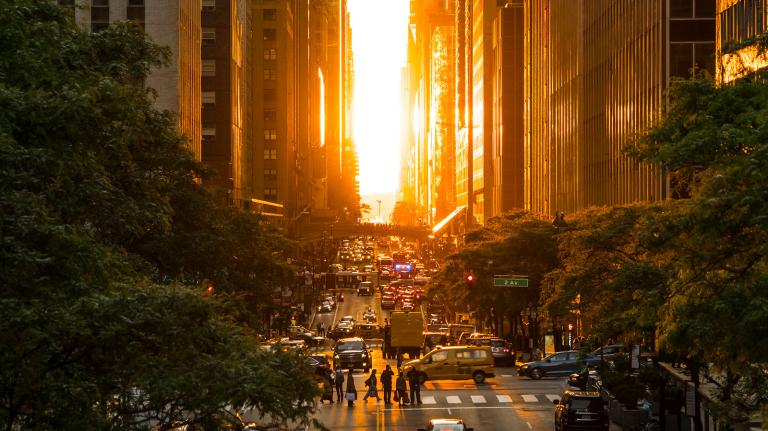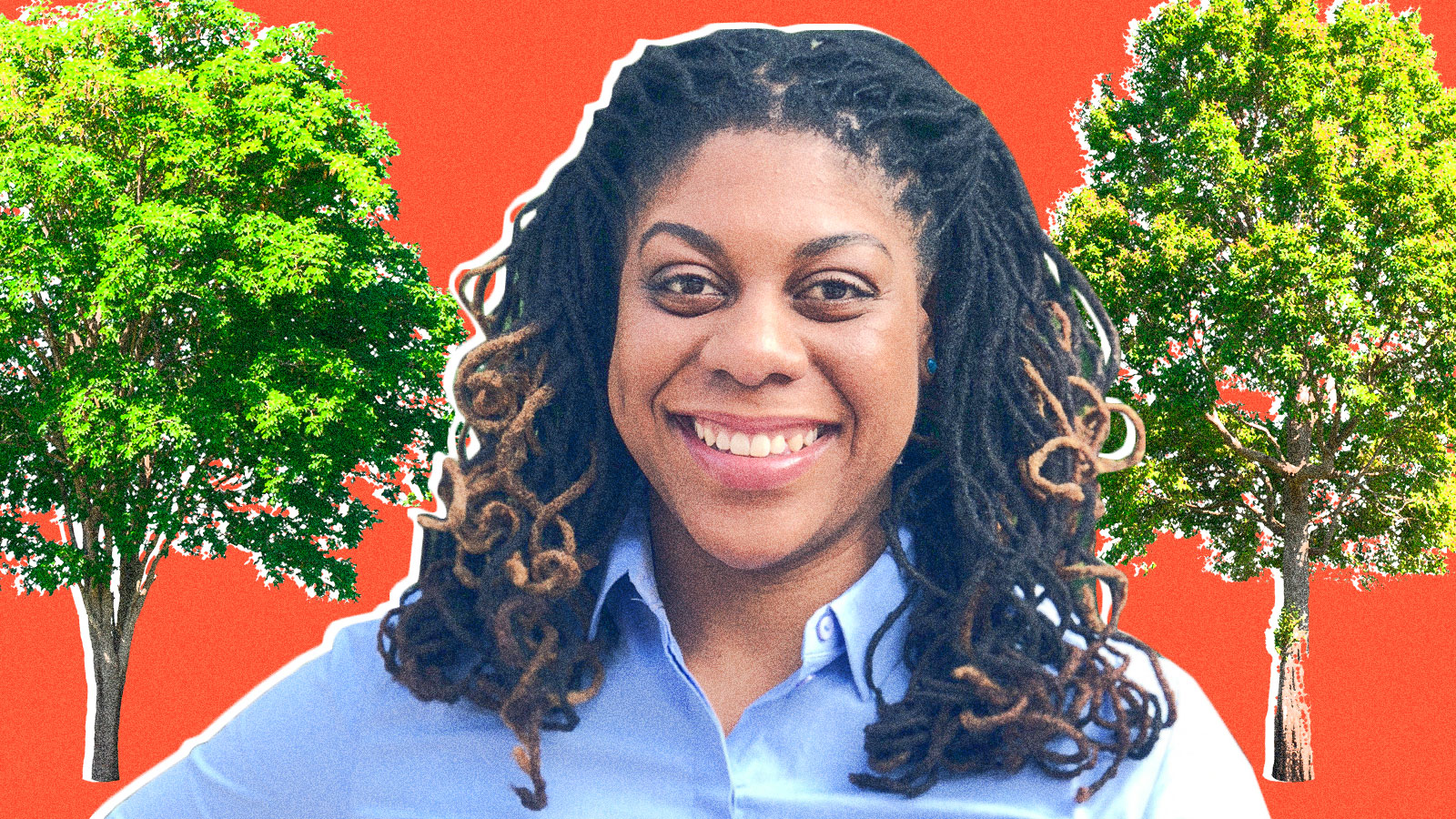How do you keep cities cool as the world gets hotter? It’s sort of a no-brainer: Less concrete, more jungle.
A recent study conducted by researchers at the University of Wisconsin-Madison shows that tree cover can cool down a city block by as much as 10 degrees Fahrenheit, a difference that could save lives and money spent on AC. And cities are taking note. Los Angeles recently hired its first-ever forest officer, joining a slew of cities making concerted efforts to plant trees where they’re needed most.
Couple those lofty goals with the still-growing percentage of Americans who live in urban areas, and the demand for urban forestry is only expected to increase: The nonprofit American Forests estimates that the next five years will see 30,000 forestry jobs that need to be filled, many of them in cities.
Sarah Anderson, senior manager of Tree Equity Programs at American Forests, makes a strong case that locals ought to lead that work (rather than tree-hugging strangers armed with saplings and spades). I chatted with Sarah last week — here are some snippets of that conversation, edited for length and clarity.
Q.Why trees?
A.In urban areas, trees often reflect the level of investment in a given community. If you look at a map of any American city, the tree canopy tracks along income lines: The canopy is a lot less dense in poor areas. That is, we think, unjust. Trees are not just decoration. They are life-and-death infrastructure. If you have no air-conditioning, and it’s a hot summer day, it is dangerous for you to be without trees.
Q.What got you interested in this work?
A.There are so many ways that, historically, people of color have felt like we don’t belong or we’re not welcome in particular spaces. I come from economic privilege: My parents were raised working class, and they did the work to get themselves educated and put themselves through school, which gave me economic stability that allowed me to have a lot more choice in what I could do. And I realized that the way some people saw me was sort of a unicorn effect: They’d say, “Why can’t we get more people like you?” The thing is, there are so many people like me everywhere! I thought, we can use nature to break down these barriers.
Q.What’s wrong with leaving tree planting to outside groups?
A.Sometimes tree-care employers will come to me and say, “we can’t find anybody!” and I say, “have you looked down the street?” It’s not helpful if we pretty up a place and plant a whole bunch of trees with people who are not from that neighborhood. It’s easier to convince people that nature truly is for them when the literal “money that grows on trees” actually goes into their pockets. That helps heal some of the wounds of mistrust between marginalized communities and outside institutions. It also helps people stay in their communities as property values grow.
Q.Where does that mistrust come from?
A.When you have seen years of systemic disinvestment in your community — nonprofits come in and out, businesses come in and out, city representatives have high rates of turnover — it affects your ability to trust anybody. People wonder, “Who are you designing this park for? Are you designing it for the folks who are going to come in and gentrify me out of my neighborhood?”
Q.What happens when you build that trust?
A.When we make sure that people can be the authors of their own destinies and the designers of their own communities, the result is health, wealth, and resilience. The result is communities that can withstand the stress of climate change.




